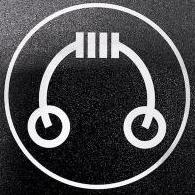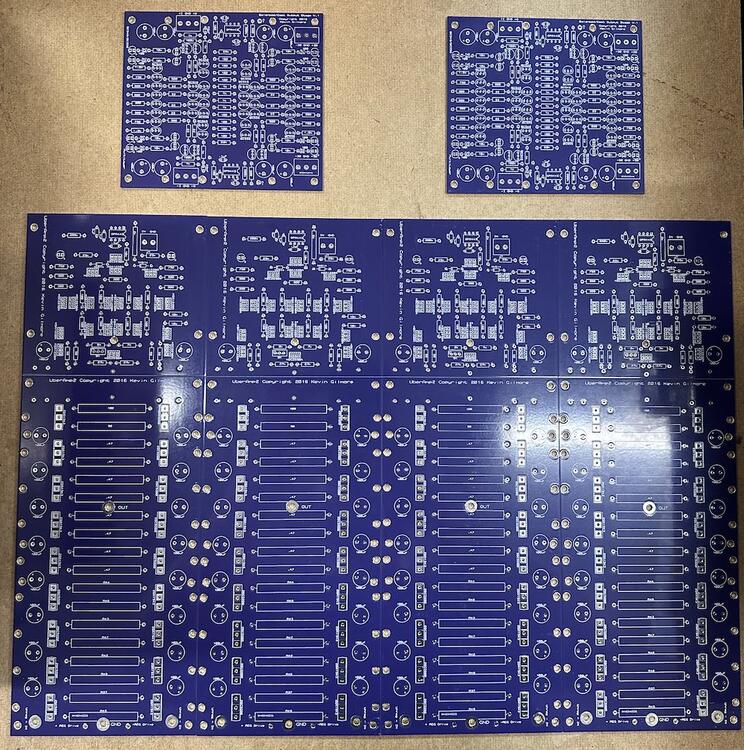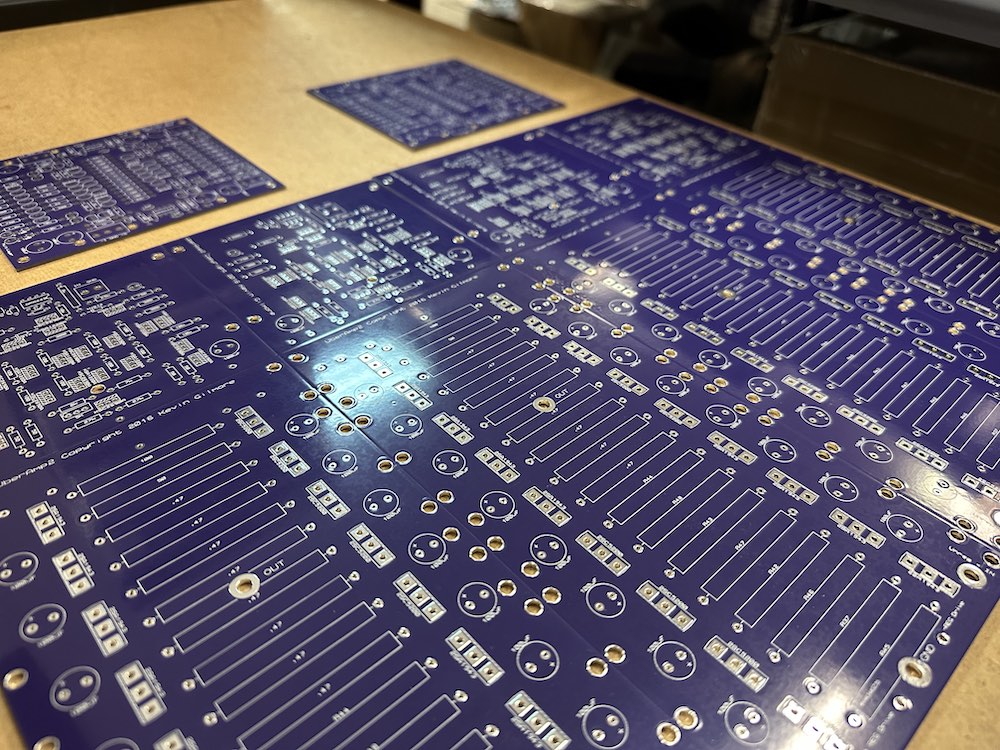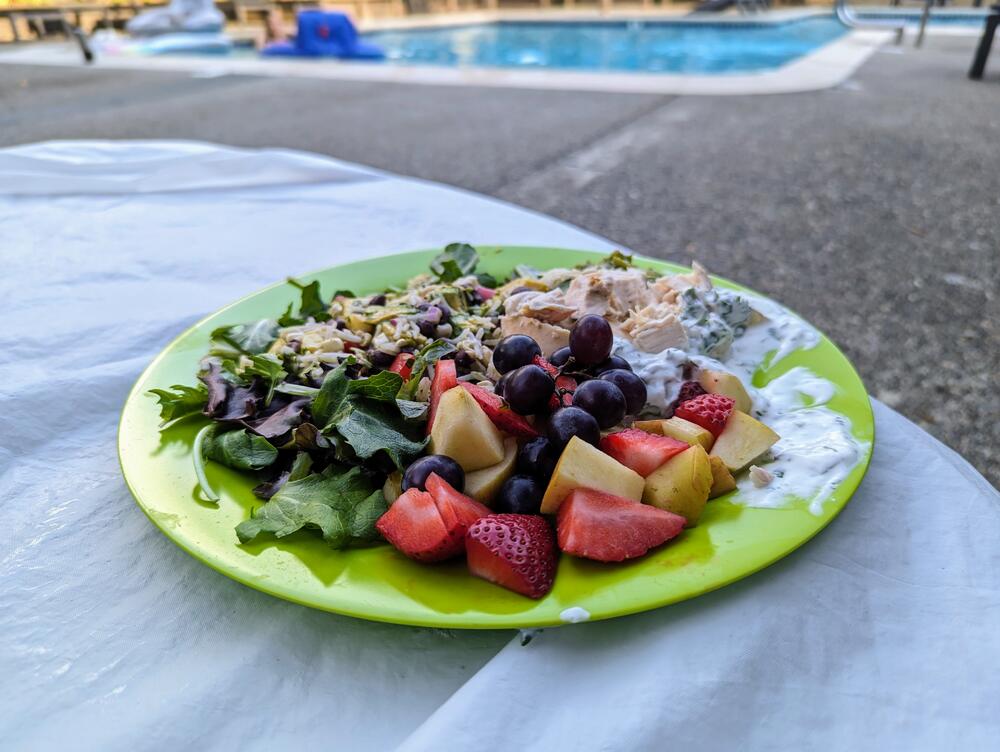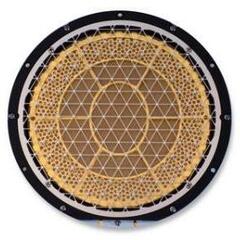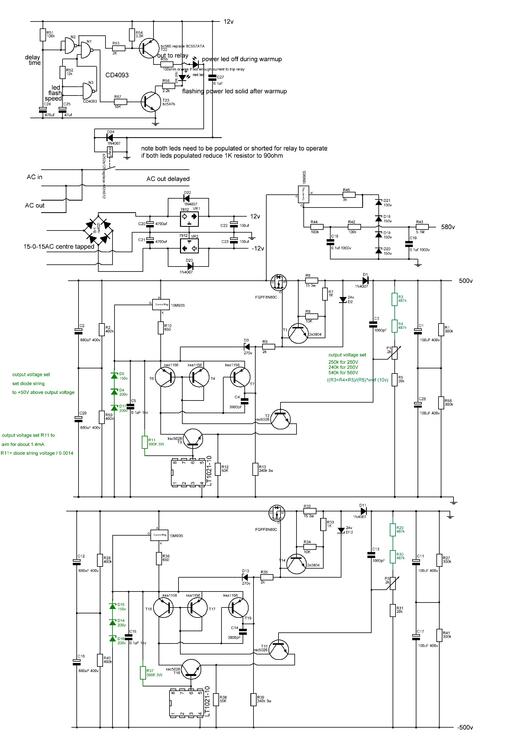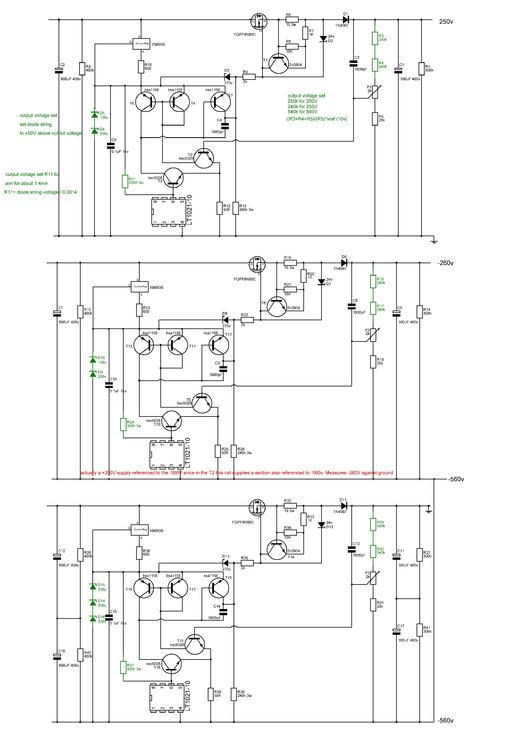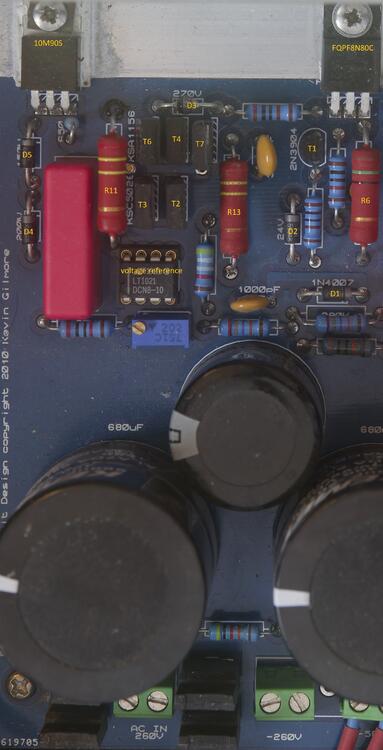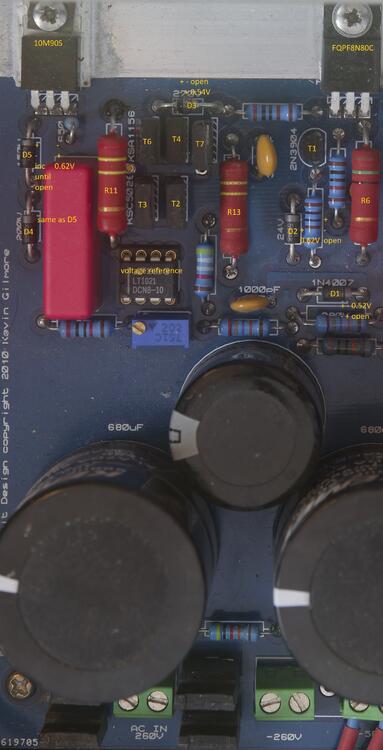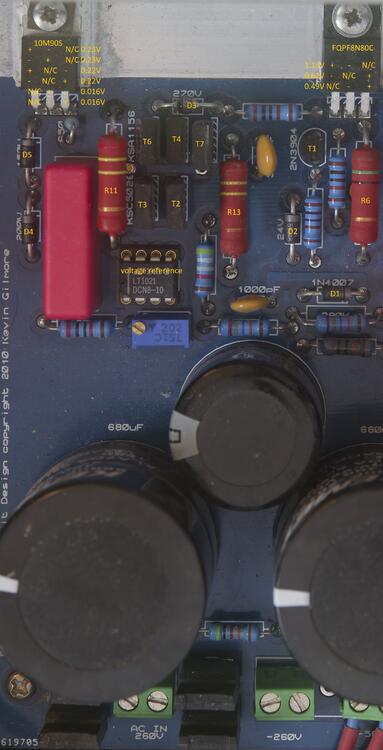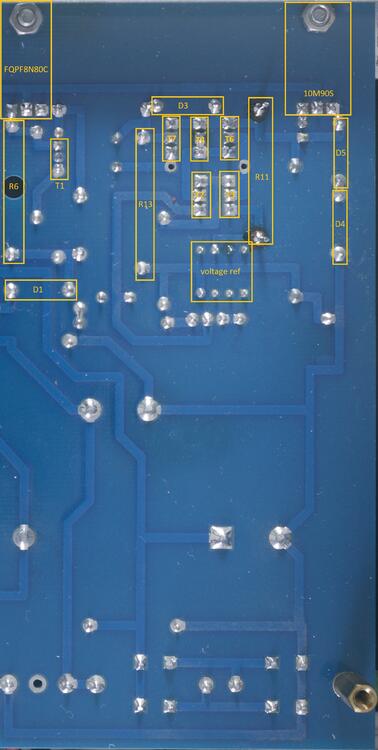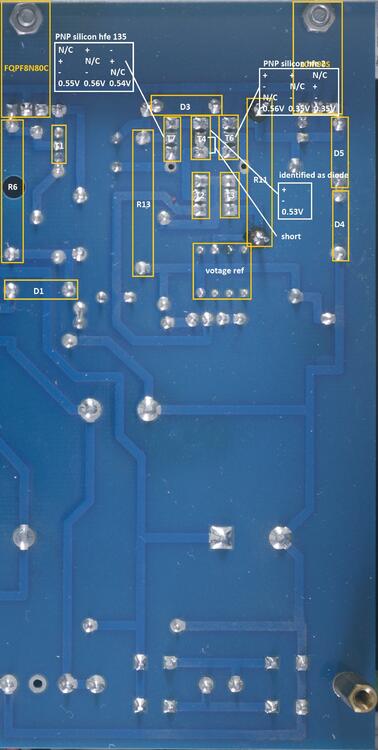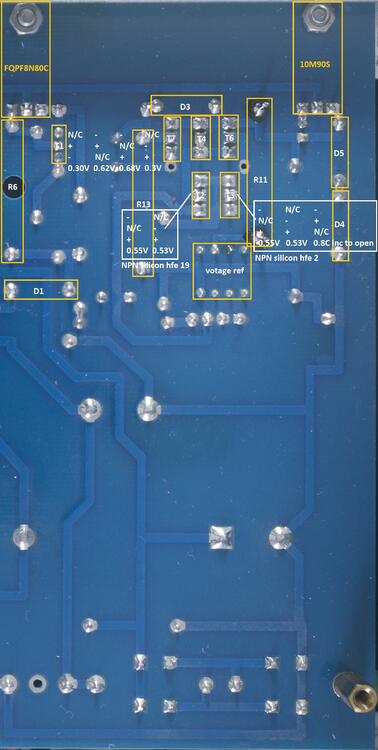Leaderboard
Popular Content
Showing content with the highest reputation on 08/21/2023 in all areas
-
3 points
-
In spite of the above, I spent much of the weekend shooting with the 5D IV. It's quite a beast. The 100% viewfinder is really something. Being me, I dug out a big chunk of my manual focus glass collection and began taking pictures of stationary objects. I make no secret of the fact that I am not greatly impressed with flower macros. Bottles on the other hand, I find highly amusing. Long time readers will know of my interest in old manual lenses with an excessive number of aperture blades. These lenses allow for precise "bokeh shaping" of the OOF area of a photo I'm starting with the king of them all here, the Russian made Tair 11a 135mm F/2.8, which has 22 aperture blades. I don't know of a widely produced 35mm lens with more. This shot was taken around F8. I say "around" because like most of my old manuals, the Tair doesn't have F-stops. The aperture ring spins freely throughout its range. I should say "freely" as the ring is quite stiff on my copy, particularly past F/8. To be fair to it, I dropped it in 2008 and it's never been the same since. Being old, Russian and probably afflicted with some haze, the Tair is not a contrast king. I'd not shoot film through it, but with digital imaging it's a trivia task to adjust the levels in Photoshop. Next in line is the massive Meyer-Optik Orestegor 300mm F/4 and it's 19 blade aperture. The 300 is 5 pounds by itself and the 5D with a battery grip is not exactly light either. I cannot handhold the combination steadily enough to take photos with it. I ended up bracing the 300mm against a fence post and framing as best I could. This shot was also taken around F/8. I had to bump the ISO up to 1600 to get a sufficiently high shutter speed. With the 300, I always observe the "one over focal length" rule even with the lens is supported. My Orestegor copy has visible haze and fungus in it (sad) so I always have to edit photos taken with it. This one was relatively easy to clean up. As is the case with most of these old lenses, it's quite sharp stopped down. The same bottle gets boring after a bit, so I used my mid 1950s Praktica F. X 2 35mm SLR as a subject. Taken with the Tair 11A, around F/8. If the camera looks kind of grubby in this photo, that's because it is. I took this shot after I spent considerable time cleaning it with a toothbrush. I only ever put one roll of film through the F.X 2, and got like 3 usable shots out of it. I love old lenses. Old SLRs, not so much. Attached to the F.X 2 is an E. Ludwig Meritar 50mm F/2.9, which was the "kit lens" for this camera when it was new. I've never used the Meritar much. I have a bunch of 50s and for me it's not a particularly interesting focal length. I did attach the Meritar to my 5D IV briefly. More on that later, maybe. I have been photographing bottles on Marthas Vineyard for a long time, using a large variety of lenses and cameras: The reason I bought the Praktica F.X 2 in 2007 was not for the little 50mm Meritar. Also included in the auction was a Meyer-Optik Orestor 135mm F/2.8, which has a 15 blade aperture. It's the lens that got me started on collecting old manuals. I took this shot in the spring of 2008. The Orestor was around F/8 (there seems to be a pattern here), on a Canon Rebel G film SLR using expired Kodak Portra 400UC. I had minimal idea what I was doing here. I should have set the EV down by a third of a stop ...or a half, I don't think the Rebel G did thirds of a stop. The worst thing about color print film is that it's such a crapshoot. I took this on 06/07/08 - 4:30PM (as my notes say), with Kodak Gold 200 AKA one of the most meh film stocks imaginable. In this instances, the Gold 200 decided to one up its much more expensive sibling. This shot has a wonderfully dreamy quality too it. Lens was once again the Orestor 135mm. I have no idea about exposure settings. My notes for my earliest rolls of film are spotty at best. This is a fact that comes back to bite me in the ass repeatedly. Facing the other direction for once, with a neatly shaped bottle. Taken in the spring of 2009 with my 30D and humble 35mm F/2. This was not long before an idiot knocked that combination off a table in a nightclub and broke the 35mm's AF motor. I've used it as a manual focus lens for 14 years now. Going out with a bang here. 10/06/08 - 11:53AM. 135mm Orestor at F/5, 125th. Canon Rebel K2 with Fuji Velvia 50. Cropped to 5:4 but otherwise unedited. When I list of the things in my life that I have encountered that lived up to and even exceeded the hype (Citizen Kane, Tapatio Hot Sauce, Canon 85mm F/1.2L, Biosphere's Substrata, Fuji Velvia 50) I am not fucking kidding. Velvia 50 absolute smokes every other color film stock on the planet. The way it renders blues and purples makes digital cameras look like toys. It's ISO 50 and mercilessly unforgiving about exposure tolerances. It was dearly expensive 15 years ago and even more pricey now. It has no peers. The cobalt blue bottle speaks for itself. Later I'll do a post of a bunch of V50 shots I took in 2008. Right now I have to contact the seller of the 5D IV I bought and tell him he bent a CF card slot pin.3 points
-
3 points
-
2 points
-
Well, it seems that the D700 + 50/1.8G shows no signs of slowing down, here are some edits. For a 15-year-old sub-400$ camera, it's superb. And it's only the second time I've used it. AF can get confused (you can see how it missed the eyes on the vertical shot, it generally wants to focus on the closest thing), might try messing with settings. RAW files require far less time, providing a denser, richer, more colourful image with more of a filmic, timeless quality to them (imho). All embedded LR profiles work great. At first, I didn't even notice that there are also DX2 Profiles to mimic Nikon's software. I wish modern cameras would work similarly, not making me curse while editing... The only thing that I will pay attention to is occasionally dialling in a bit of negative expo compensation to protect highlights on faces. Dynamic range is of course not quite as much as a modern camera but it's fine, more malleable than the 5D Mk1 (same regarding the AF system). And of course, wouldn't it be nice to have a 28/1.4E to complement the nifty fifty - maybe one day... Here's one with the R6 for comparison, colours feel quite different to my eyes (cooler, less saturated). There was a huge discount on the R6 Mark II so the R6 is already gone. Haven't tested it, some said colour science has been improved. Demand on DSLR cameras have plummeted, so I might still get a 6D or a 5D III just to see if I can find that perfect happy medium between old vs new, basic vs complex, cheap vs expensive. Right now, what the D700 does to my eyes reminds me of what the SR-Lambda NB does to my ears.2 points
-
As I have said before, I find the perspective distortion brought on by the wide angle lenses on smrtphnes to be greatly disconcerting. Nice doggo, however.2 points
-
2 points
-
1 point
-
Still not switching over to the Raptor, I'll take that .1 second deficit over it's interior. Maybe I need to add a Lambo to the house 🤔1 point
-
The standard audio grade from Toroidy is the same transformer; just not encapsulated. It is screened, etc. just like the supreme, and at least for mine, was half the cost. Mine only took about 4 weeks from order to delivery. I might consider the 100Vac transformer. You might need to deal with some extra heat, and ensure that component ratings are sufficient for that.1 point
-
Another option is https://www.mueller-rondo.com/eng/ in Germany. They build exactly to spec, sometimes cheaper than Toroidy, and turnaround has been about a month on previous orders.1 point
-
Jon Batiste - World Music Radio I'm amazed that these guys at Odesli keep adding streaming services but they won't include Qobuz1 point
-
Since the T2 needs a complex power supply I am also including a T2 power supply testing guide. There are multiple options for the T2 power supply but the one I built is: The gerbers can be found here: <insert link> The guide is intended for both pre-power on verification of an amp build, verification of voltages on power on and general troubleshooting. All tests are performed using a Brymen BM869s and peak DCA75. Using a different multimeter may effect the results slightly but you should still get similar behaviours and ball-park figures. All tests are performed with the psu not connected to an amp and no mains transformer connected. unfortunately many of the transistors are packed tightly together so it is not easy or really possible to get test probes onto all the legs of all the transistors from the top and so the verification guide will be separated into two halves: testing from the top and testing from the bottom. Since all the high voltage power supplies are basically identical except for differing values for some resistors ad the pre regulator zeners I will cover one psu rai and the diode tests and dca75 tests should be the same for the other high voltage rails. (The 500V and above rails also have two caps in series with bleed resistors in parallel for the input smoothing and output smoothing to reduce the financial cost of the caps and increase the cap options) The low voltage rails are trivial - diode bridge, bulk cap, monolithic off the shelf regulator and smoothing cap and so will not be covered. NOTE the 3w resistor which direct connects to the 10 volt reference will get hot (depending upon the supply rail) it can reach 80C+, If you look at my schematics above I suggest increasing the value of the resistor to reduce the current and decrease the temperature. Also raise it from the pcb as much as possible to keep it away from the nearby 0.1uF capacitor. NOTE if you use 0.1% precision resistors for the output voltage set resistors then they must be rated at above 250V for the 560V rail or (in my experience if you use 250V rated working voltage resistors their resistance will drift higher and higher with time and the 560V rail will eventually hit the zener string voltage of 600V and this will cause an uncorrectable dc offset in your T2 amp). Transistor and diode location Top The two ksc5026 (T3 and T2) form a long tail pair with T3 input being the 10V reference and T2 input being the the voltage across R5 (and half of P1) in the voltage set string. To improve the performance of the differential amp T6 and T4 form a current mirror. R12 is the common resistor for the long tail. The output of the long tail comes from the collector of T3 and goes to T7. Probe Tests from above Diode test of the zener pre regulator D5 and D4 measuring across each separately, you will get about 0.6V drop, probes reversed the multimeter will register a steadily increasing voltage until it shows open. This is true of each zener in the string. Diode test D2 you will get about 0.6v drop in one direction and an instant open in the other Diode test D1 you will get about 0.52v drop in one direction and an instant open in the other Diode test D3 you will get about 0.54v drop in one direction and an instant open in the other Note it is possible for a transistor to fail in such a way it has very little gain but still has a diode drop and so diode checking transistors is not a foolproof measure of a transistors health. But 0V drop when not expected indicates a short etc. Diode and dca75 tests of the 10m90s NOTE the 10m90s has a live tab and absolutely must be insulated from the heatsink it is mounted to. Like the 10m90s in the t2 amp boards the 10m90s measures the same when the polarity of the probes has been reversed. Just like the T2 amp the peak dca75 can't identify this component in circuit and variously shows it as a low voltage zener ~ 1.6V or an led. Diode and dca75 tests of the fqp8n80s The peak dca75 can't identify this component in circuit and variously misidentifies it as two diodes or a diode and led. Diode checks from underside Transistor and diode location Bottom Diode test T1 2N3904 NPN transistor. forms the active part of the current limit circuit. It monitors the current through R15 and when the voltage drop across the resistor gets too high T1 starts to cut off the pass mosfet FQPF8M80C. If you get correct voltage output with no load but any load massively decreases the output down to about 75V suspect T1 has gone short circuit. Diode and DCA 75 test T2 and T3 KSC5026 NPN transistor. These form the long tail pair differential amp which compares the voltage reference against a portion of the output voltage controlled by the trimmer P1 and the series resistor ladder R3, R4 R5. There should be very close to 10V across R5 if not one possibility is R3 and R4 have too higher a resistance value, possibility from using resistors with a too low working voltage - especially in the -560V rail which puts more than 250V across each of R3 and R4 in the series ladder. NOTE T2 is connected to a both ends of a cap and so this cap will slowly charge resulting in the diode test reading showing an increasing voltage drop until the multimeter finally displays open when the cap has charged to the same voltage as the meter outputs and so no current flows at all fooling the meter into thinking there is an open circuit. This does not occur with T3 The dca75 reliably and correctly identifies T2 as a NPN silicon transistor hfe 19 and T3 as a NPN silicon transistor hfe 2. Diode and DCA75 test T4, T6 T7. Ksa156 PNP transistor. T4 and T6 form the current mirror for the long pair differential amp. NOTE T4 has base and collector shorted together and so measures similarly to a single diode. The DCA correctly and reliably identifies T7 as a PNP transistor hfe 135 The DCA obviously identifies T4 as a diode junction if you don't connect the 3rd lead, otherwise it just reports a short between two of the leads - which is correct. The DCA correctly and reliably identifies T6 as a PNP transistor hfe 2 <<<work in progress>>>1 point
-
1 point
-
I want to give more info to encourage listening, but will hold off. This is a big picture piece about how doctors treat patients pain, especially women, how patients lie to themselves if they already consider themselves "defective", how sympathetic one is to those causing pain and what it means if you're not sympathetic? Anyway... https://www.nytimes.com/2023/06/22/podcasts/serial-the-retrievals-yale-fertility-clinic.html https://www.vulture.com/2023/08/retrievals-serial-podcast-nyt-review.html https://podcasts.apple.com/us/podcast/the-retrievals/id1691599042?i=10006187324691 point
-
1 point
-
After all of the good feedback on the Black Cat, I gave it a shot. Got the machine pretty well dialed for it. Tried really hard to like it… Not sure how to describe what I don’t like about it, but I guess it’s just not for me.0 points
-
0 points




